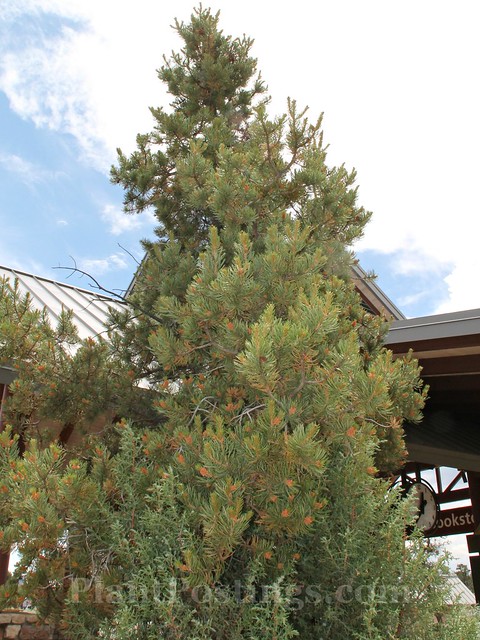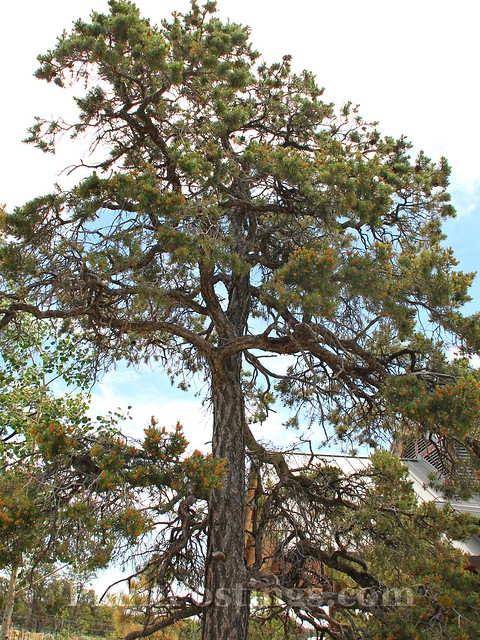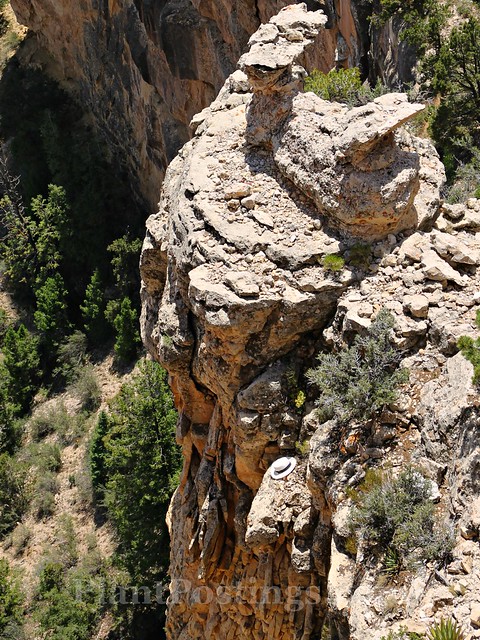 |
| Spigelia marilandica |
This month, I'm celebrating a plant that blooms with vibrant, bright color--even in shade. Woodland Pinkroot (Spigelia marilandica), also known as Indian Pink or Worm Grass, is new to my garden this year. It is not native to Wisconsin, but it's native just south of me in Illinois (and most of the Southeastern U.S.). It's hardy to zone 5 (USDA zones 5-9), and I love it, so I had to try it.
As often happens with new plants, this one came into my garden to fill a challenging spot. It's a north-facing area, shaded by small evergreens and large Honey Locust trees. The Pinkroot is doing OK there, but it's really taking off in a different location in the garden (of course!)--still north-facing, but at the base of the rock wall. I saved one plant for this spot. It will be interesting to see if any of the four plants come back next year.
Woodland Pinkroot likes dry to moist, acid-based, fertile soil, according to the Lady Bird Johnson Wildflower Center. It tolerates sandy to medium loam soils, and shade to woodland openings. The descriptions match my garden conditions nearly exactly, except that its native range is further south.
 |
| Green buds (fluff on foliage is from the neighborhood Cottonwood trees). |
It's exciting to see the first green buds appear, when you know what's coming next.
 |
| I like this stage! |
Before opening, and as they color, the buds appear pinkish. I really like this stage of the blooming cycle.
 |
| Not bad for first-year growth. I think it likes this spot by the rock wall. |
Then the flowers open to bright red and yellow splashes, loved by hummingbirds and butterflies. Depending on the light, I'm finding that the color of the tubular flower part varies from fuchsia-red to scarlet.
Pinkroot is said to form clumps, and spreads by rhizomes and seeds. It gets its nicknames from the historical use of its roots as treatment for intestinal worms. I'd read that deer and rabbits tend to avoid it, but just to be safe I caged it. And others have reported that rabbit-grazing can be an issue.
Plant height is 1-2 feet tall, and about the same spread at the top. While it blooms in the spring in the south, it's blooming in my garden for the month of June and likely beyond.
Stay tuned: I'll keep you posted next spring if it makes a repeat appearance. Until then, I'll be watching closely for hummingbird traffic on the plants.
 |
| Who can resist? |
To see more wildflowers blooming in gardens this June, visit Gail's Clay and Limestone for Wildflower Wednesday.



















